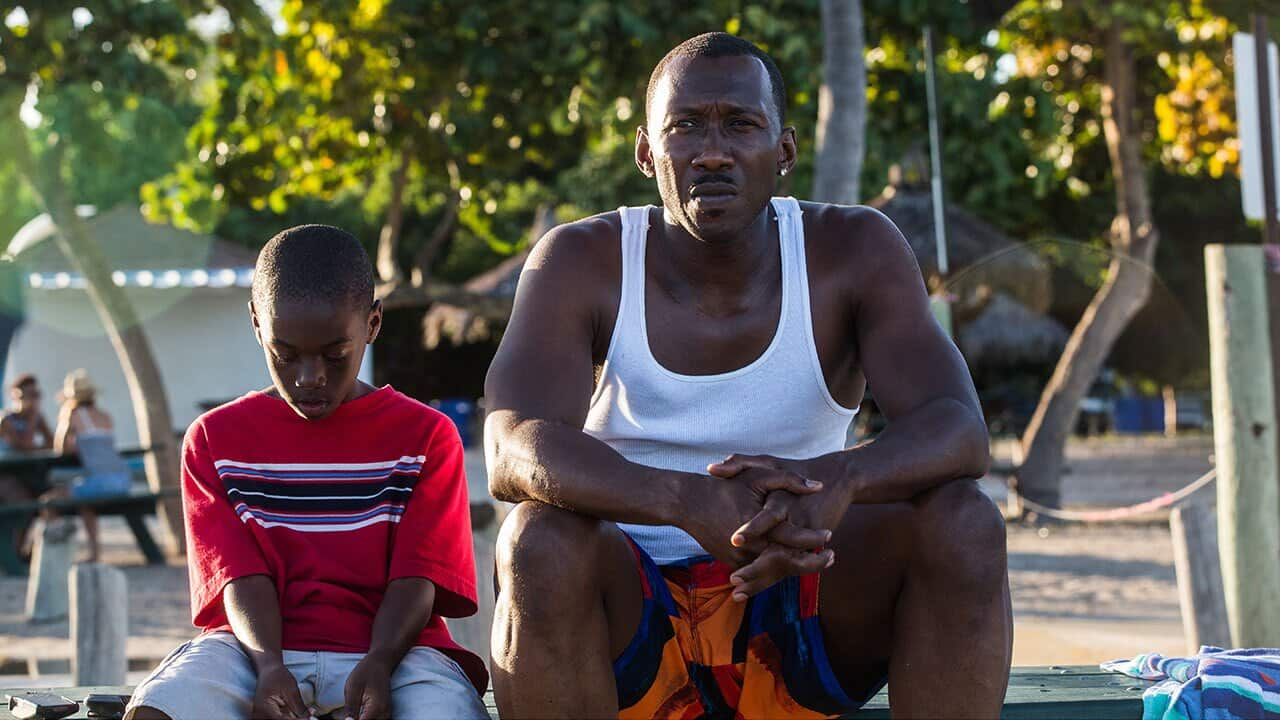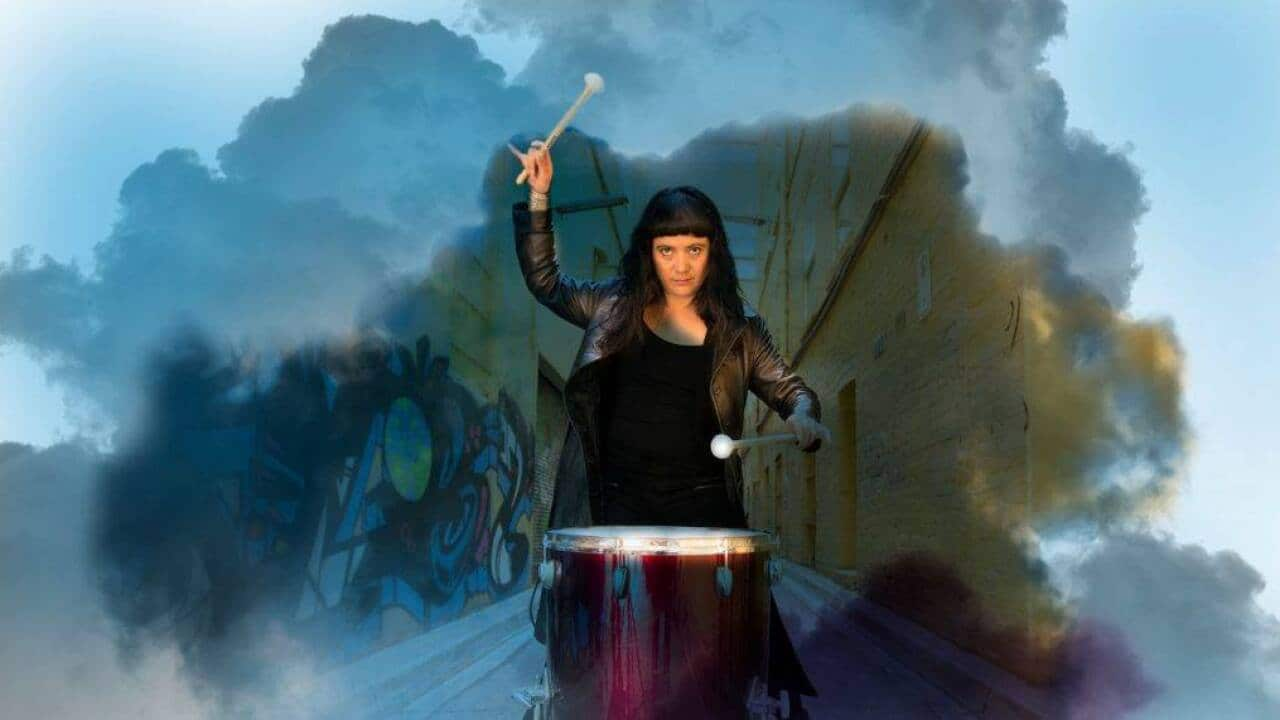Dingo Story is a powerful, transformative Dreaming in which messages of adaptation, rebirth and renewal can be found. I’ve seen Dingo desecrated before, so I was intensely relieved to see that this is not the case with Crowe’s “Dirty Dingo” poster exhibit.
The Dirty Dozen exhibition space where Dirty Dingo is exhibiting, is a squalid underground location in the Campbell arcade at Flinders Street Station, where students scrawl ugly chalk murals on the pavement about their half-arsed gender politics while frustrated hetero pariahs try to peep down the front of their tops. But during the Yirramboi festival, Peter’s work, pinned behind Perspex boxes, explodes out from the walls in all its glorious bastardy, calling all outsiders and underdogs to come camp for a while and revel in their suppressed potential and forgotten power.
"It's aligned throughout with the outcasts of the Aboriginal community – the queer, disabled, homeless, mentally ill and others who live as “second class natives”.
Recently I saw a bit of edgy Indigenous pop art indolently proclaiming that “Dingo Dreaming is all about being happy”. (What now? Shame!) I carried my outrage about this flippant bit of cultural buggery along to my viewing of Crowe’s Dirty Dingo, half dreading what I might find, knowing the way we are often forced to twist our culture into new-age abominations to appeal to the white gaze in the arts space.
Crowe exposes the desecration of the dingo, rubs our noses in it and somehow allows the resilience of that Dreaming to shine through all the insult and injury with fierce determination. The degraded apex predator, deprived of the protections offered to other native animals, is aligned throughout with the outcasts of the Aboriginal community – the queer, disabled, homeless, mentally ill and others who live as “second class natives”.
Crowe uses texta and collage, incorporating maps, early colonial art and photographs to portray an ongoing centuries-long assault on the only two placental mammals native to this land – dingoes and humans. Savages not noble enough to make it into history, run in wild packs, sometimes on two legs and sometimes on four, along the walls of that grotty arcade, eating shit and snapping their jaws at troubled passersby. Others of us might see past this to the moments of luminous cultural triumph – the dingo dance and ceremony portrayed there, symbols of men’s business layered into the background, and a deep understanding of dingo form and spirit seldom seen outside of Cape York sculpture.
I often found myself doing that “Heheeeeey!” laugh us mob do from time to time when somebody says something horribly inappropriate that just happens to be spot on, true-god just right. Sometimes Crowe just makes me weak, other times he makes me wild, but I am always feeling something intensely when I look at Peter’s posters. Dingo came here around 7000 years ago as part of our peoples’ international trade with Asia. At first he made a hell of a mess, wiping out marsupial predators like thylacines and quolls. But then he took responsibility for that mess and became a custodian of the Dreamings he had disrupted, speaking for that moon cycle and the life-death-life spiral that is our existence. He stepped into the responsibilities of that severed ecological niche and kept things in balance, becoming a true native, even though he didn’t have a pouch.
Dingo came here around 7000 years ago as part of our peoples’ international trade with Asia. At first he made a hell of a mess, wiping out marsupial predators like thylacines and quolls. But then he took responsibility for that mess and became a custodian of the Dreamings he had disrupted, speaking for that moon cycle and the life-death-life spiral that is our existence. He stepped into the responsibilities of that severed ecological niche and kept things in balance, becoming a true native, even though he didn’t have a pouch.

Tyson Yunkaporta reviews Peter Waples Crowe's Dirty Dingo exhibition. Source: NITV News
Non-Aboriginal Australia could learn a thing or two from this canine, and a good place to start would be Peter Waples Crowe’s Dirty Dingo exhibit at Yirramboi.
Blak Critics addresses the need for robust, critical and culturally informed dialogue around Indigenous performance, practice and methodologies, in mainstream editorials and publications and the public domain. The project is supporting 9 Victorian-based Indigenous writers with a public platform for creating critical review and conversation, from our perspectives.
In partnership with , First Nations' festival is delivering a tailored workshop series designed for Aboriginal and Torres Strait Islander writers to build capacity in the critical review of live performance, art, music and social discourse.
Yirramboi the First Nations Arts Festival is on in Melbourne from 5-14 May 2017. For more details check out their .





